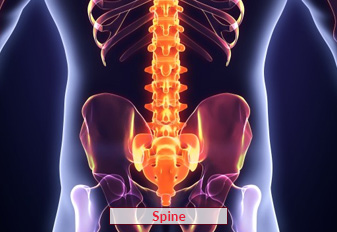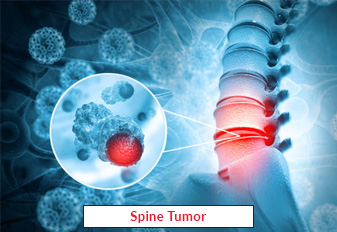Kyphoplasty Surgery

Kyphoplasty surgery is a procedure that is minimally invasive and treats designed painful vertebral compression fractures (VCFs) on the spine, commonly resulting from osteoporosis or spinal metastatic tumors. A small cut is made during the surgery, and a specially designed balloon catheter is guided into the broken vertebrae with the use of a fluoroscopic monitor. The compacted bone is then made to have a hollow by inflating the balloon. The balloon is deflated and taken out once the necessary height is recovered, and cement from the bone is introduced into the cavity to fix the fracture and ease discomfort. The objectives of kyphoplasty are to improve mobility, reduce deformity, relieve pain, and restore spinal height. For the vast majority of patients, it is a same-day operation that results in rapid relief from pain and improved function.
Book an AppointmentAbout Kyphoplasty Surgery
Symptoms: The primary reason for kyphoplasty surgery is difficult vertebral fractures caused by compression (VCFs) in the cervical spine. High back pain, reduced movement, a curved spine (kyphosis), and the potential for nerve compression resulting in neurological symptoms such as limb paralysis or numbness are all signs of VCFs.
Causes: Osteoporosis, spinal malignancy (including metastases), trauma, and vertebral fractures due to compression are frequently brought on by weakening vertebrae. Tumors may penetrate and degrade the bone structure, and osteoarthritis weakens bones, rendering them more prone to fractures.
Remedies: Restoring vertebral height, stabilizing the fractured vertebral column, and reducing pain are the objectives of the kyphoplasty procedure. To create a cavity, a balloon is inserted into the broken vertebra and inflated over the duration of the surgery. Once the cavity has formed, cement made from bone is injected to repair the hole in the bone and provide support. Through the reduction of pain, restoration of spinal height, and improvement of movement, patients can resume their usual activities with minimal discomfort. Additionally, depending on a patient's particular circumstances, conservative processes including bracing, physical therapy, and pain relief may be suggested.
Procedure of Kyphoplasty Surgery
Preparation: The patient is positioned on the operating table, often under local or general anesthesia, and guided by imaging techniques like fluoroscopy.
Access: A small incision is made in the back, and a narrow tube is inserted into the fractured vertebra under X-ray guidance.
Balloon Insertion: A specialized balloon catheter is advanced through the tube into the fractured vertebra and inflated, creating a cavity or void within the compressed bone.
Cavity Creation: The inflated balloon creates a void in the vertebral body, restoring height and creating space for bone cement.
Cement Injection: Once the desired cavity is formed, the balloon is deflated and removed, and bone cement (usually polymethylmethacrylate) is injected into the void to stabilize the fracture.
Curing: The bone cement hardens quickly, providing immediate stabilization and support to the fractured vertebra.
Closure: After the cement hardens, the incision is closed with sutures or steri-strips, and the patient is monitored before being discharged.
Require Assistance?
Get A Quick Callback From Our Healthcare Experts






